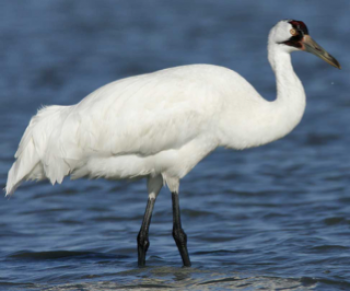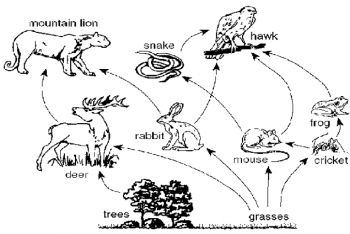
To begin this hands-on, minds-on activity, students view a video about ecosystem changes that resulted when wolves were eliminated from Yellowstone National Park and later returned to Yellowstone. Then, students learn about food chains and food webs, and they construct and analyze a food web for Yellowstone. Students use what they have learned to understand a trophic cascade caused by the elimination of wolves from Yellowstone.
Next, students learn that the biosphere requires a continuous inflow of energy, but does not need an inflow of carbon atoms. To understand why, students apply fundamental principles of physics to photosynthesis, biosynthesis, and cellular respiration, the processes which result in carbon cycles and energy flow through ecosystems.
In the final section, students use the concepts they have learned to understand trophic pyramids and phenomena such as the relative population sizes for wolves vs. elk in Yellowstone. Thus, students learn how ecological phenomena result from processes at the molecular, cellular, and organismal levels.

 © Serendip® 1994 - All rights reserved. Privacy Policy
© Serendip® 1994 - All rights reserved. Privacy Policy

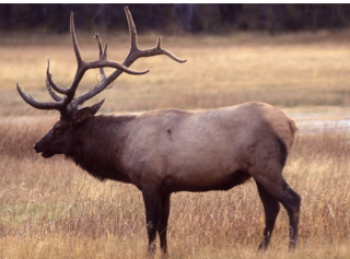
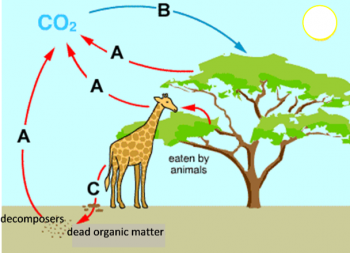
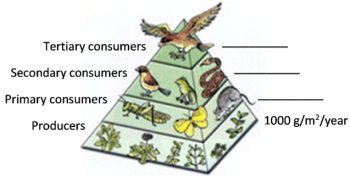
 flow through ecosystems, the carbon cycle, trophic pyramids, exponential and logistic population growth, species interactions in biological communities, succession, and effects of human activities on ecosystems. This overview also recommends introductory ecology readings.
flow through ecosystems, the carbon cycle, trophic pyramids, exponential and logistic population growth, species interactions in biological communities, succession, and effects of human activities on ecosystems. This overview also recommends introductory ecology readings. 
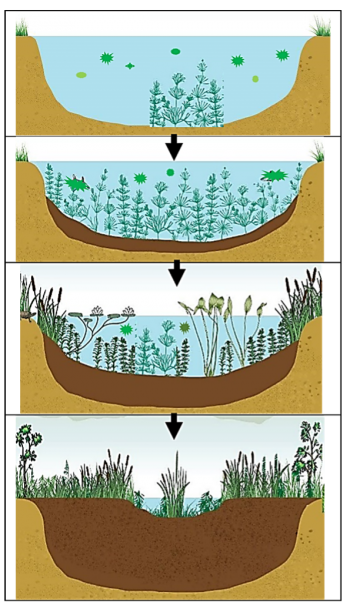
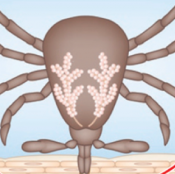 This analysis and discussion activity engages students in understanding the lifecycle and adaptations of black-legged ticks and the relationships between these ticks, their vertebrate hosts, and the bacteria that cause Lyme disease.
This analysis and discussion activity engages students in understanding the lifecycle and adaptations of black-legged ticks and the relationships between these ticks, their vertebrate hosts, and the bacteria that cause Lyme disease.